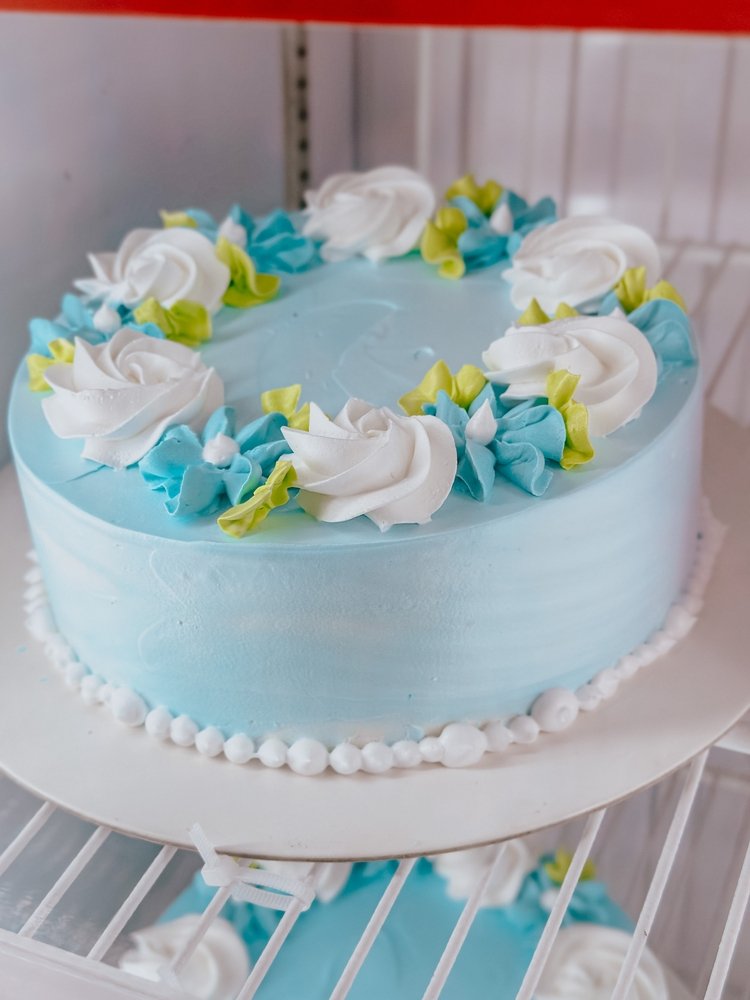There’s nothing quite like the joy of having a slice of your favorite cake on hand, whether for a quick treat or to cap off a delightful meal. However, the question of how long a cake lasts in the fridge can be a bit tricky to answer. Cake storage, particularly when it comes to maintaining its flavor, texture, and safety, is crucial to enjoying it at its best.
Understanding the best practices for refrigerating cake ensures that you’ll get the most out of your delicious dessert.
How Long Does Cake Last in the Fridge?
The longevity of a cake in the fridge largely depends on the type of cake, the ingredients used, and how well it is stored. On average, most cakes will last between 3 to 5 days when properly refrigerated. However, cakes with dairy-based fillings or frostings, such as cream cheese or whipped cream, may need to be consumed within 2 to 3 days, as dairy products spoil more quickly. Cakes without any perishable toppings, like buttercream frosting or fondant, may last a little longer, closer to 5 days.
Different Types of Cake and Their Shelf Life
-
Buttercream or Fondant Cakes:
Cakes decorated with buttercream or fondant tend to have a slightly longer shelf life in the fridge. Buttercream acts as a protective barrier, keeping moisture in and extending the freshness. Stored properly in an airtight container or wrapped tightly in plastic wrap, buttercream cakes can last up to 5 days. Fondant, which has a sugar base, also helps to keep the cake fresh, although the fondant itself can harden over time.
-
Cakes with Fresh Fruit or Dairy Fillings:
Cakes filled with fresh fruit or whipped cream are more perishable due to their high moisture content. These types of cakes should ideally be eaten within 2 to 3 days. Since the fruit can begin to spoil, the whipped cream may lose its structure and start to separate.
-
Cheesecake:
Cheesecakes, whether baked or unbaked, require refrigeration at all times due to their dairy content. Cheesecake can last up to 5 days in the fridge if it’s tightly wrapped or stored in an airtight container. However, it’s essential to check for any signs of spoilage, such as a sour smell or cracked surface.
-
Cakes with Ganache or Custard:
If your cake is filled with custard or covered in ganache, its fridge life will likely fall between 2 to 3 days. Custard, like other dairy-based fillings, has a short shelf life, and ganache, made from cream and chocolate, can spoil quickly if not stored properly.
Best Practices for Refrigerating Cake
To maximize your cake’s freshness and ensure that it remains safe to eat, here are a few best practices for refrigerating cake:
Wrap it properly:
Always wrap your cake tightly in plastic wrap or place it in an airtight container. This prevents the cake from absorbing any unwanted odors or flavors from the fridge and keeps the moisture locked in.
Avoid refrigerating uncovered cake:
Leaving a cake uncovered in the fridge will cause it to dry out. The cold air inside the refrigerator can pull moisture from the cake, making it stale and crumbly.
Use a cake dome or cake carrier:
If you don’t want to wrap your cake in plastic, consider using a cake dome or carrier. This will protect the cake from the fridge’s drying environment while maintaining the design of the decorated cakes.
Keep away from strong-smelling foods:
Cakes are like sponges and can easily absorb smells from other foods in the fridge, like onions, garlic, or fish. Keep your cake away from such items, or better yet, store it in a separate part of the fridge.
Signs It’s Time to Toss the Cake
Even when stored properly, cake eventually reaches a point where it’s no longer safe or pleasant to eat. Here are some telltale signs that your cake has gone past its prime:
-
Mold:
The most obvious sign that your cake has gone bad is the appearance of mold. If you see any fuzzy spots, even if they are small, it’s time to throw the cake out. Mold can spread quickly, and it’s better to be safe than sorry.
-
Foul or Sour Smell:
Cakes with dairy ingredients like milk, cream, or butter can develop a sour smell once they start to spoil. If your cake smells off or has a slightly fermented scent, it’s no longer good to eat.
-
Changes in Texture:
A dry, crumbly texture is a good indicator that your cake is past its best. While a slight dryness might still be palatable if you’re craving cake, it’s usually a sign that freshness has faded. Similarly, if the frosting has separated or become grainy, it may have reached its expiration date.
-
Slimy or Discolored Fillings:
Fillings like custards, whipped cream, or fresh fruit can become slimy or discolored as they spoil. If you notice any unusual changes in the texture or appearance of the filling, it’s best to discard the cake.
How to Revive Stale Cake
If you notice that your cake has started to dry out but hasn’t gone bad yet, there are a few tricks to restore some of its freshness:
- Microwave it: Heat a slice of cake for about 10-15 seconds in the microwave. This softens the cake slightly and can make it taste fresher.
- Add moisture: Brush a simple syrup (a mixture of sugar and water) over the cake layers to add moisture back in. This is especially helpful for cakes that have dried out around the edges.
Extending Cake Shelf Life in the Freezer
For those times when you know you won’t finish the cake within a few days, freezing is an excellent option. Cakes freeze well and can last up to 3 months in the freezer. To freeze, wrap individual slices or the entire cake tightly in plastic wrap and then in aluminum foil. Store it in a freezer-safe container or a resealable plastic bag. To defrost, simply move the cake to the fridge for a few hours or overnight.
You may also read: What Causes Brain Degeneration? Exploring Brain Atrophy
Wrapping It Up
In conclusion, it’s important to enjoy cake (and brownies) while they’re at their peak freshness. Proper storage can help extend the life of those who like to savor their sweets over time. Keeping an eye out for signs of spoilage will ensure that your dessert experiences remain safe and delicious.
While cakes have their specific storage needs, brownies are often a bit more forgiving. Brownies typically last a bit longer, up to a week when stored in an airtight container at room temperature. However, like cakes, brownies can dry out over time, especially if not stored properly. For brownies with perishable toppings or fillings, such as cream cheese swirls or fruit, it’s best to refrigerate them. Since this can extend their freshness for up to 5 days. When in doubt, follow the same brownie freshness guide as you would with cakes: keep them well-wrapped, away from moisture. Lastly, always check for signs of spoilage before indulging in that next rich, chocolatey bite.

















































